Gender, Caste, and Religious Identities: Restructuring Class in Colonial Punjab
Synopsis
The book focuses on how the notion of being ’high caste’, as it developed and transformed during the colonial period, contributed to the formation of a ‘middle class’ among the Hindus and the Sikhs. While many reformist Sikhs and Hindus either denied or re-conceptualized caste, the book draws attention to the innovative ways in which older privileges shaped newer identities. This, in turn, had an impact on gender relations, and encouraged the re-examination of women’s role and place in society. The author deals with the problematic of women’s relationship to the concepts of caste and religiosity in the context of the reformist imagination of the period. Caste was seen as a quality ‘attached’ to men, making women’s relationship to it ambiguous. The late nineteenth century high caste men tried to grapple with this conundrum and upgrade women to a life suitable to the high caste, modernist middle classes. The book highlights how the new notions of ideal femininity hid under them a gamut of new and often oppressive cultural practices. It maps the emergence of new high caste, middle class patriarchal structures among the Hindus and the Sikhs, and the ideological pillars on which they rested. By focusing on the issues of caste, religion and gender in the formation of a middle class, the book fills a major gap in the social history of colonial Punjab. Based on vast and hitherto untapped sources in Punjabi, it will interest scholars of history, sociology, cultural and gender studies.
Read more
24.30
21.87
$
27.00 $
Free delivery Wolrdwidе in 10-18 days
Ships in 1-2 days from New Delhi
Membership for 1 Year $35.00
Get it now and save 10%
Get it now and save 10%
BECOME A MEMBER

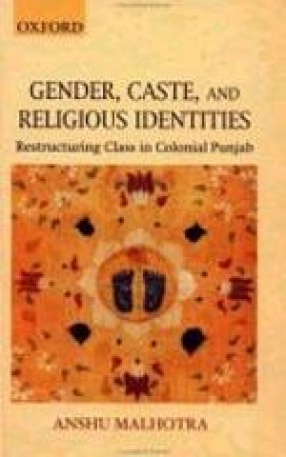
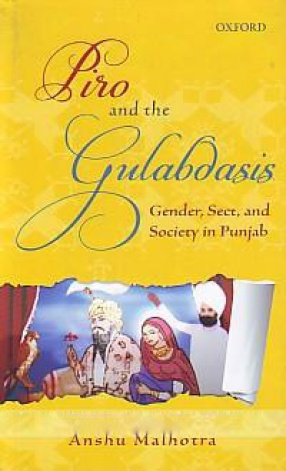
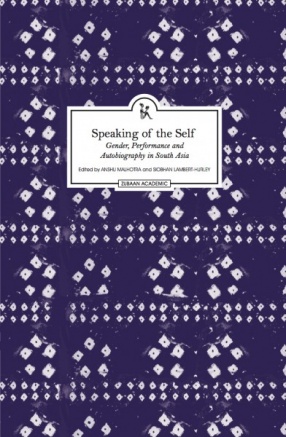
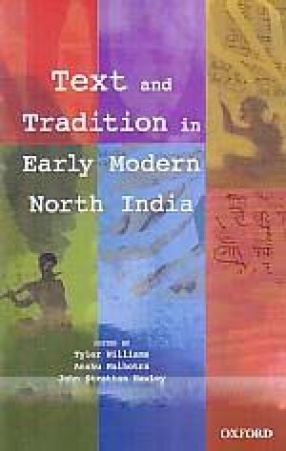
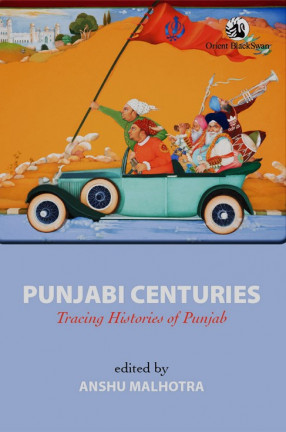

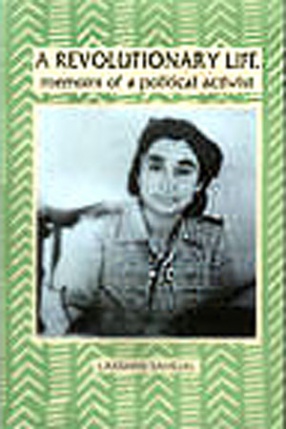
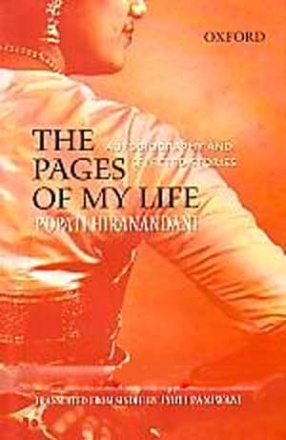


Bibliographic information